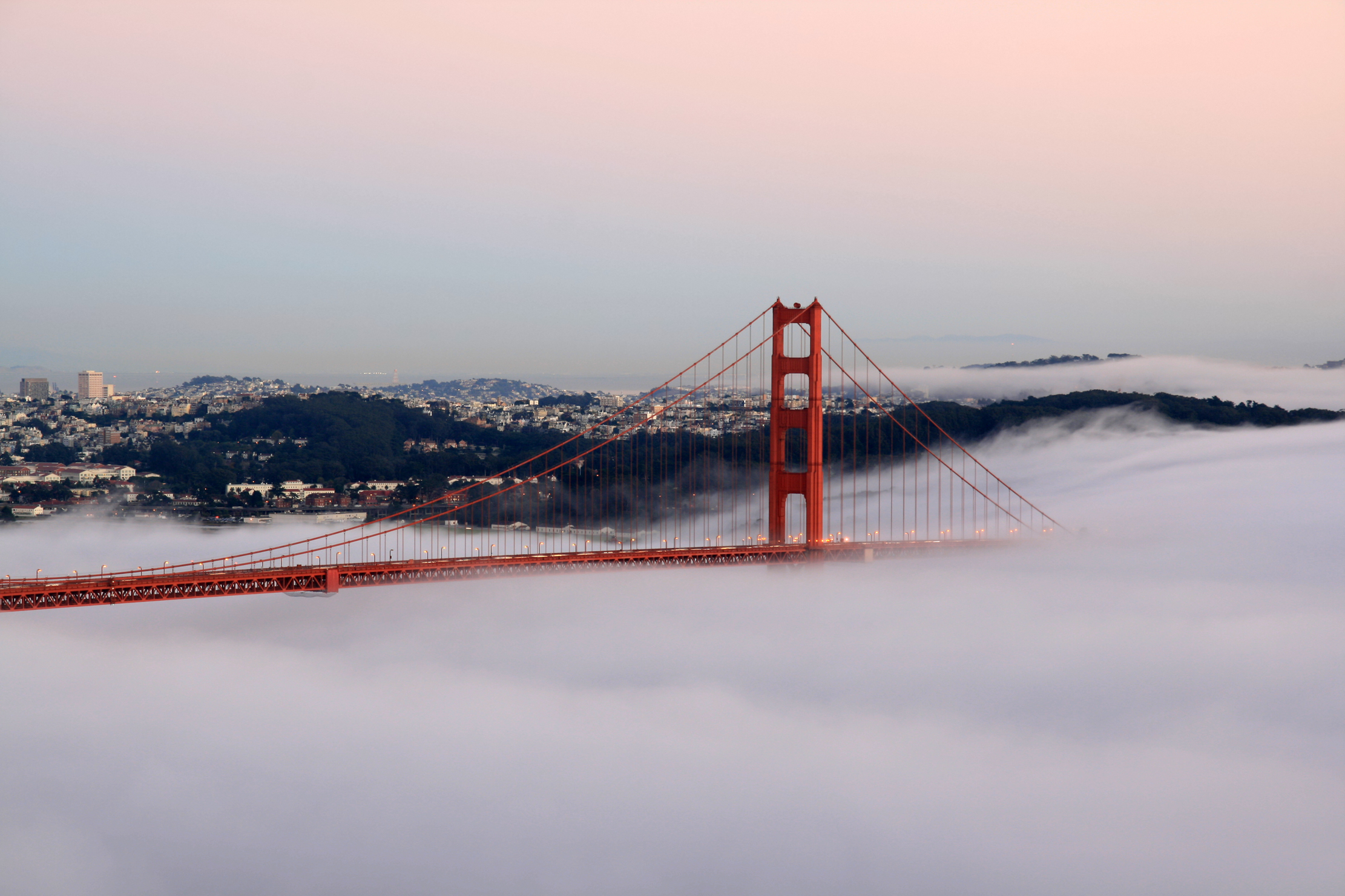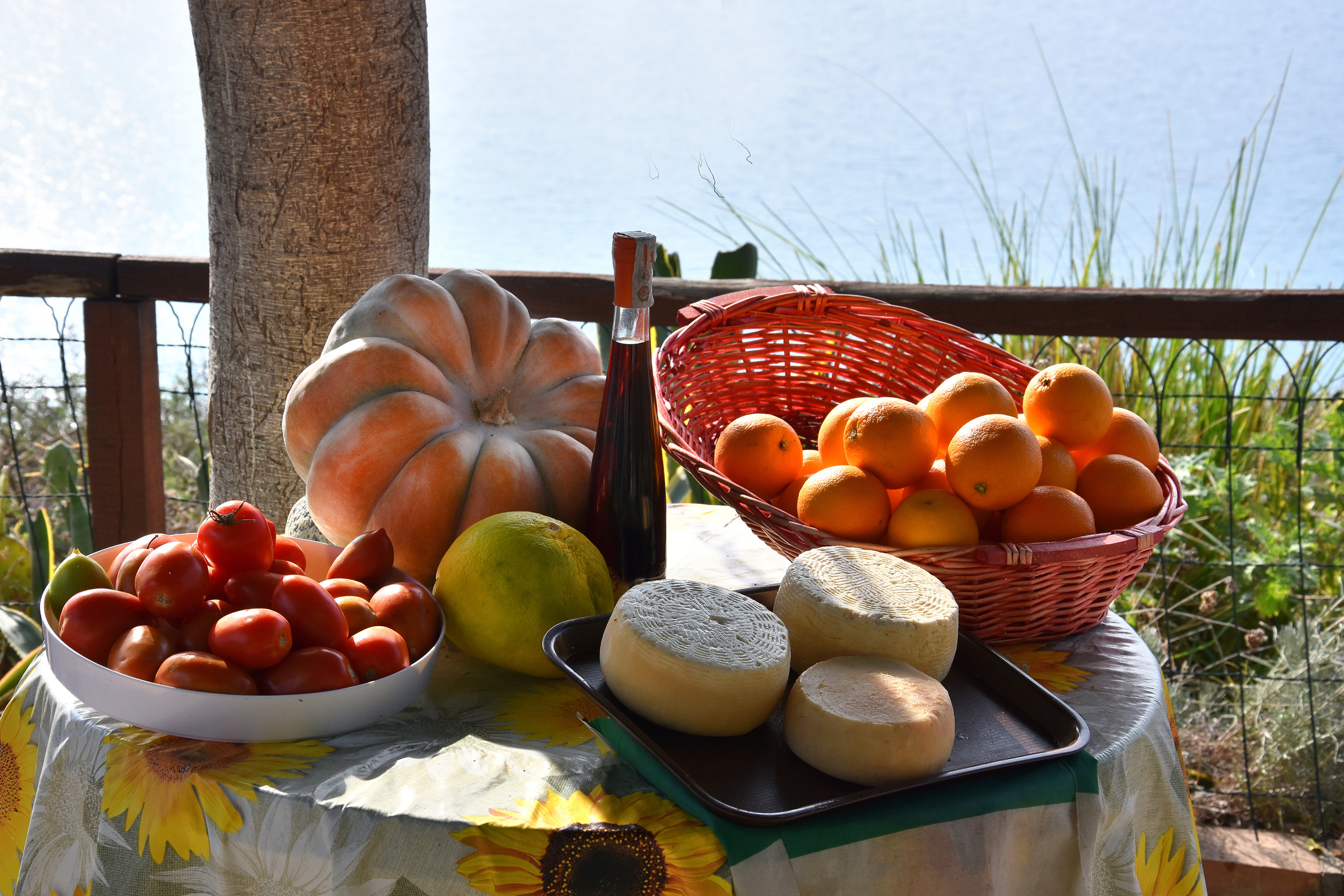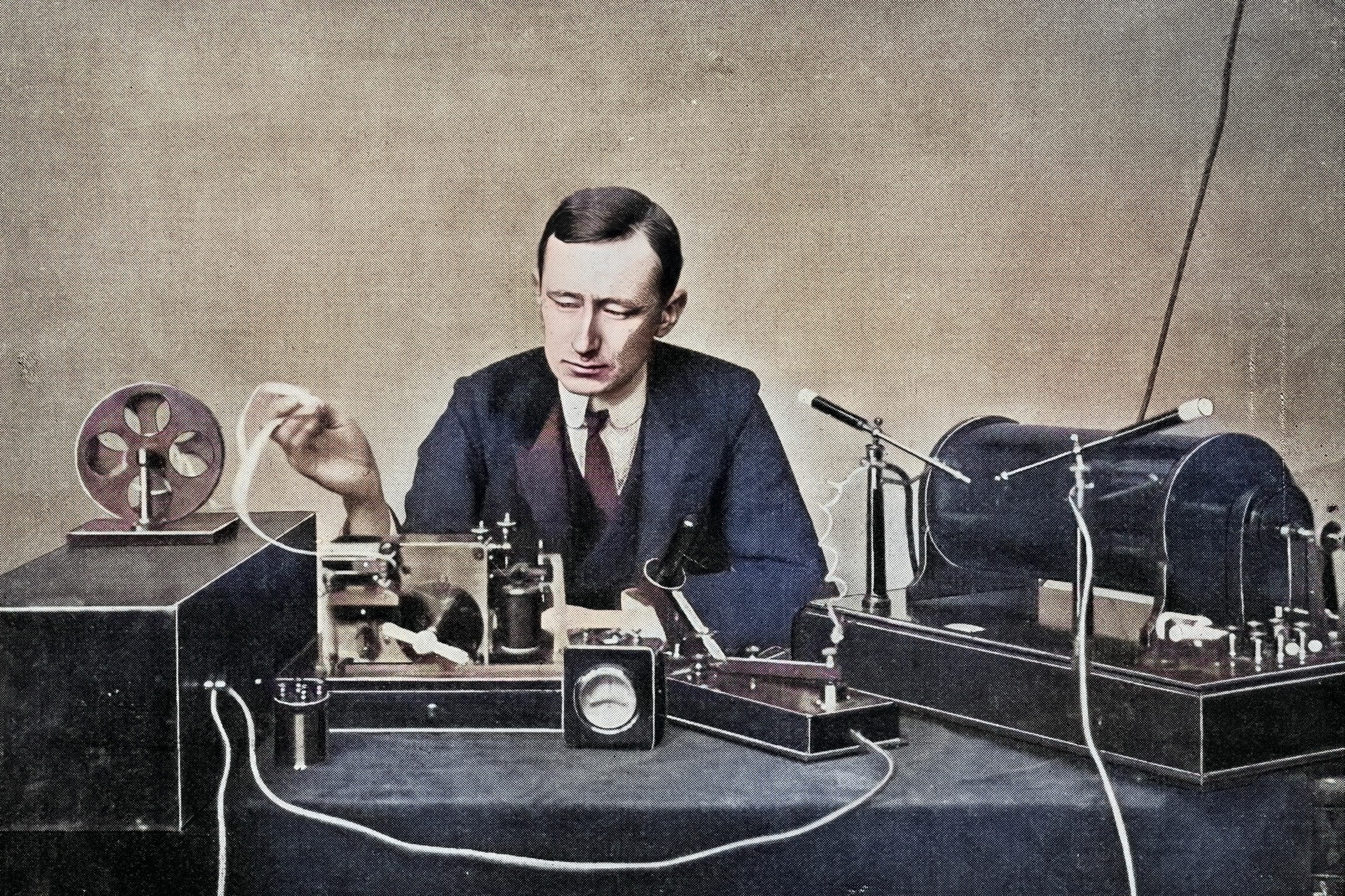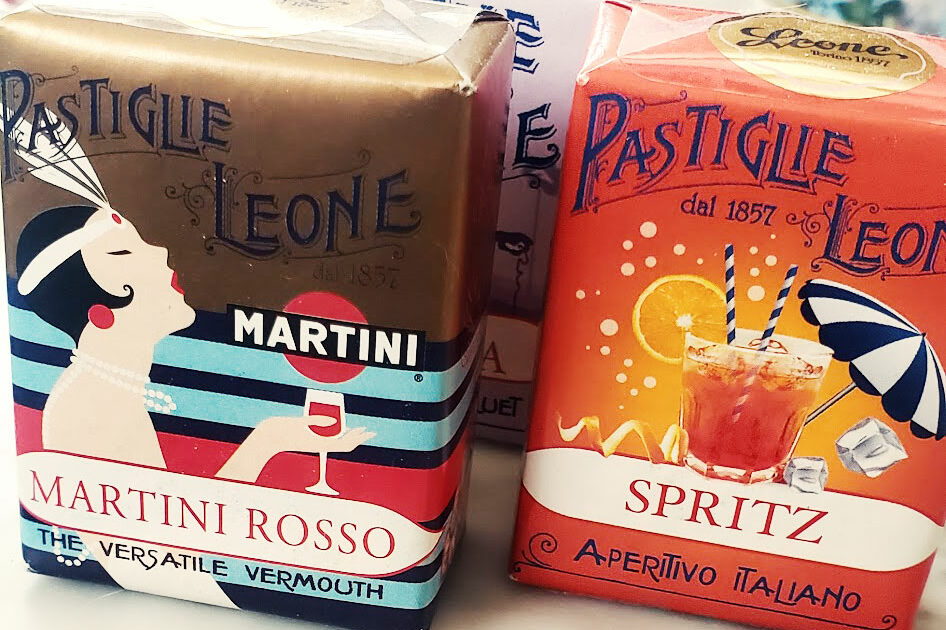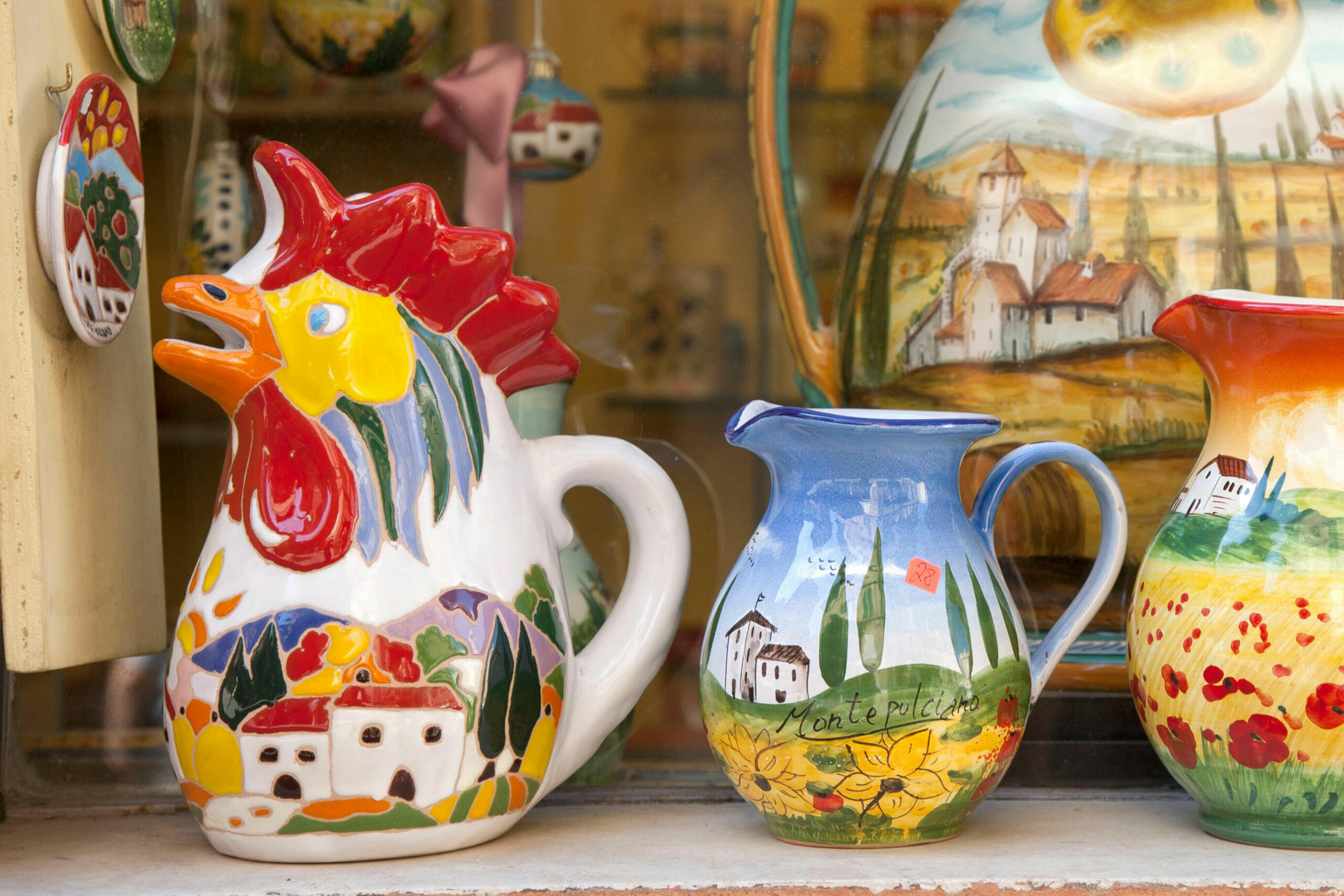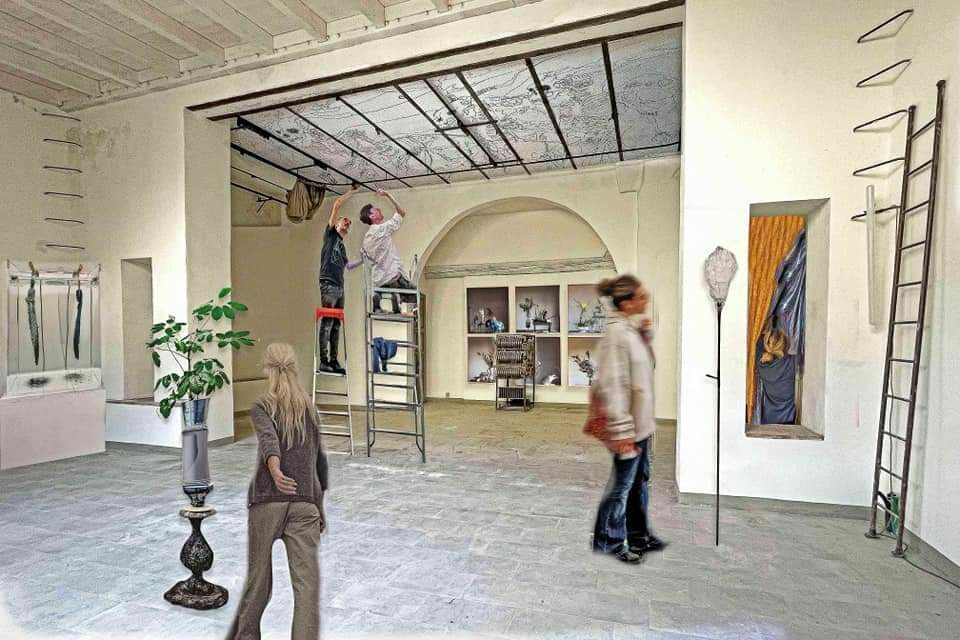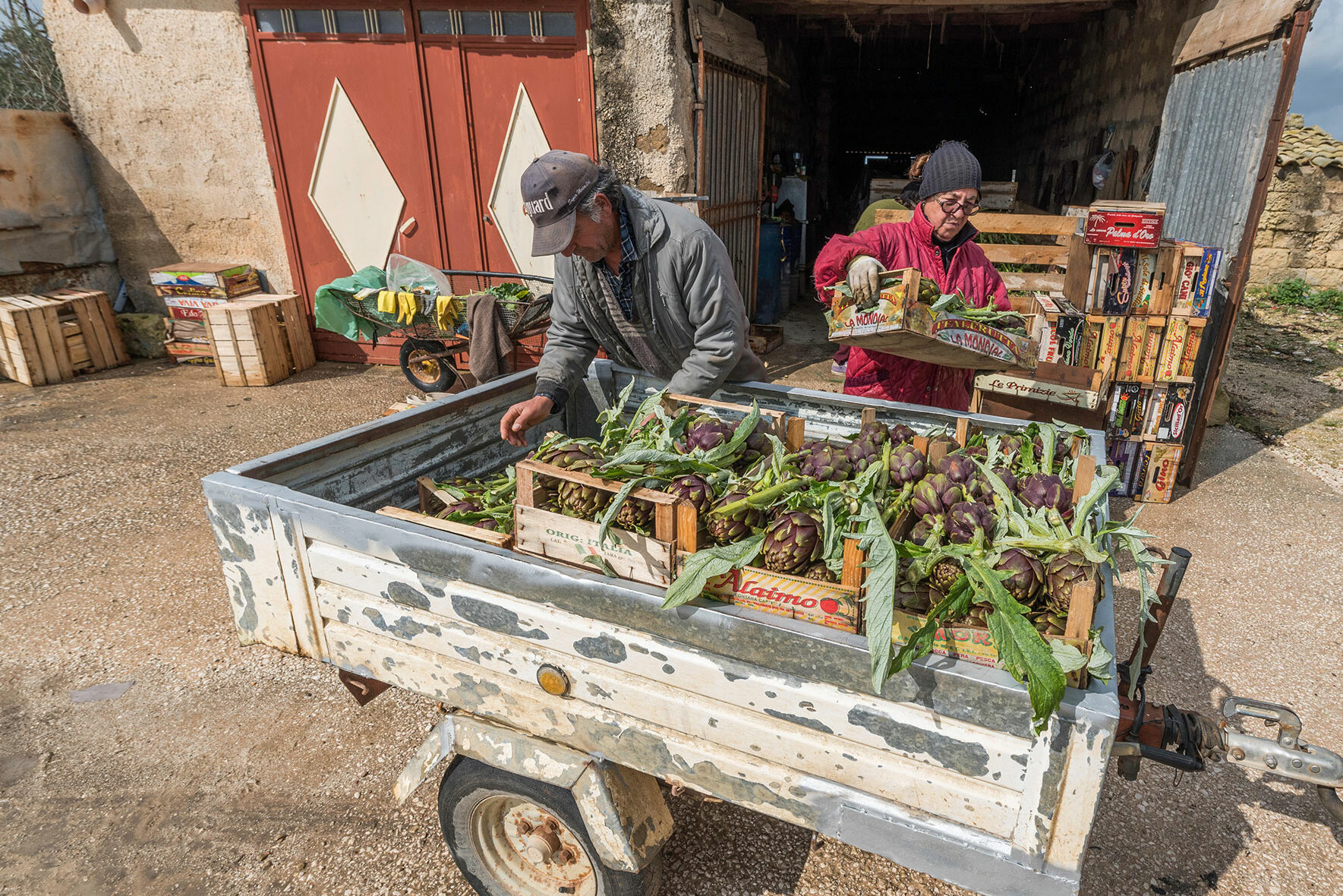The Italian Cultural Institute joined in celebrating the 8th annual SF Design Week with a satellite exhibit from the Museo Nazionale della Arti del XXI Secolo (MAXXI) called Piccolo Utopie, or Small Utopias.
Opening night at the Institute, Thursday, June 19, included a round-table panel that helped bring context to the buildings and installations on display. The panel was comprised of Sarah Kuehl of EinwillerKuehl, a landscape architecture firm based in Oakland; Lorenzo Apicella, a Fellow of the Royal Society of Arts; and Pierlugi Serraino, an independent design architect. All three panelists were chosen for their cross-cultural and professional experience in both America and Italy.
The title of the exhibit, “Italian Architecture of the third millennium between history, research and innovation” created a tall order for these little utopias to fill. But many of them hit the mark. Crowd favorites were clearly the more interactive projects, ones that drew communities together to bask in the shade of a giant ‘weightless volume’ named HE, or stroll through an Alice-in-Wonderland like dreamscape of red tulips—illuminated at night (WHATAMI). Other projects were less ethereal, but no less interesting.
The Torre di Controllo, a modern spin on the traditional lighthouse, begged viewers to imagine who might go to work their each day, and sit within the transparent walls at the top tower that allow light to shine out to passing ships. This thought was echoed by Kuehl, who emphasized for the audience that architecture is still, at the root, about human needs and baseline functions—the hook outside the shower, the bathroom, the soft place to sleep.
The project that sparked the most conversation was ironically the one that seemed to inspire the least admiration from the panel, at least aesthetically. Extra Retail Unit (Matilde Cassani) may not look like much from the outside, yet its potential could be the greatest among all the images on display. Quite literally, the box structure unfolds to offer greater visibility and store space to densely populated shopping areas with little curb appeal, or even mom-and-pop shops in less desirable economic areas.
Apicella called this concept “stealth architecture” while cautioning that it’s difficult to know what impact the project is actually having—but that it’s a question worth considering. Interestingly, Kuehl pointed out that the idea likely shares the greatest connection with burgeoning architectural themes in SF and Oakland, where the love of the pop-up and use of the shipping containers-cum-beer gardens is all the rage.
No exploration of Bay Area architecture would be complete without discussing how technology is driving trends, and what our campus friends in Silicon Valley are up to. All panelists concurred that Silicon Valley architecture isn’t what it could be, but that players like Apple are making positive contributions for their use of more open, wood and light-driven designs that play off very traditional design concepts.
As far as whether we’ll all be using retinal scanners to unlock doors any time soon, the panel offered up a resounding no. As Kuehl said, “We haven’t changed,” and Serraino gamely pointed out that architecture couldn’t possibly keep up with continuous software updates and increasingly rapid new-generation releases.
One audience member, architect Nathaniel M. Haynes, flipped the question, however, by asking whether smartphones, iPads, etc., could actually lead us to architecture: “Maybe it brings us to some little park no one goes to because it’s around the bend and someone wrote a blog about it ….” From this point of view, the question of correlation between architecture and technology isn’t about imagining the most impressive, ‘smartest’ building possible, it’s about using technology to drive interest and create an exchange between viewer and object. An experience.
Piccolo Utopie builds upon another show at the Italian Cultural Institute in honor of SF Design Week, an exhibit devoted to modern design giant Vico Magistretti. Works on display include leather furniture and thermoplastic molded lamps, among others.
Both exhibits will continue past the closing of SF Design Week on June 20. Vico Magistretti will be open until July 31, 2014 and Piccolo Utopie until August 15, 2014 For more information visit http://www.iicsanfrancisco.esteri.it/IIC_Sanfrancisco

